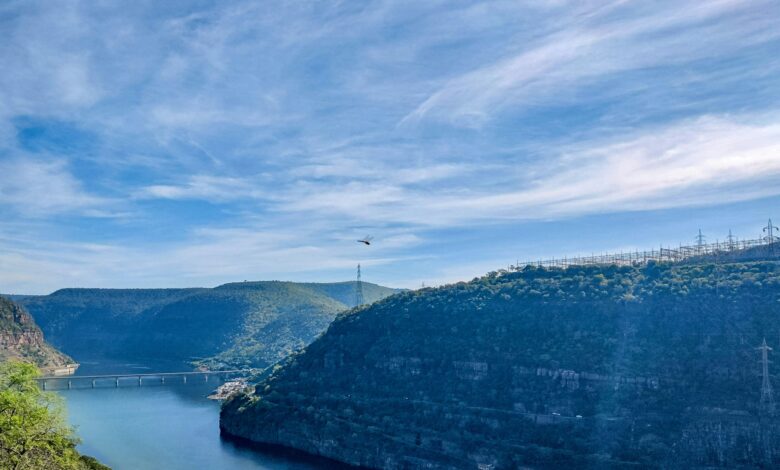
As the monsoon season intensifies, villagers residing along the Krishna River are on high alert due to rapidly rising water levels. Heavy rains in the catchment areas have led to a significant increase in the river’s flow, causing concern among local communities. Authorities have issued warnings and are closely monitoring the situation to ensure the safety of the residents. This situation has once again highlighted the vulnerability of these regions to natural calamities, emphasizing the need for improved infrastructure and preparedness.
1. Authorities Issue Warnings and Evacuation Plans
In response to the escalating situation, local authorities have issued warnings to the villagers, urging them to stay vigilant and be prepared for possible evacuation. The district administration, in collaboration with the disaster management teams, has developed detailed evacuation plans to ensure a swift and orderly response if the need arises. Temporary shelters have been set up at higher grounds, and essential supplies are being stockpiled to support displaced families. This proactive approach aims to minimize the impact of the potential flooding and safeguard the lives and property of the villagers.
2. Historical Context of Flooding in the Krishna River Basin
Flooding in the Krishna River basin is not an uncommon phenomenon. The river, which spans several states, including Maharashtra, Karnataka, and Andhra Pradesh, has a history of causing significant flooding during the monsoon season. In past years, excessive rainfall has led to breaches in embankments, submerging vast tracts of agricultural land and displacing thousands of people. The recurring nature of these floods underscores the importance of long-term solutions, such as the construction of more robust embankments and improved water management systems, to mitigate the adverse effects on the local population.
3. Community Response and Preparedness Efforts
The local communities have shown remarkable resilience in the face of these challenges. Villagers have formed volunteer groups to assist in the dissemination of information and help with evacuation procedures. Additionally, awareness campaigns have been conducted to educate the residents about the dangers of rising water levels and the necessary precautions to take. The sense of solidarity and cooperation among the villagers is a testament to their strength and determination to overcome the hardships posed by natural disasters. Efforts are also being made to ensure that livestock, a crucial source of livelihood for many, are safely relocated to prevent any loss.
Conclusion: Strengthening Resilience for Future Challenges
As the water levels in the Krishna River continue to rise, it is imperative for both the authorities and the local communities to remain vigilant and prepared. While immediate measures, such as evacuation plans and temporary shelters, are essential, there is also a pressing need for long-term strategies to address the recurring issue of flooding in the region. Investments in infrastructure, better water management practices, and continuous community engagement are key to enhancing the resilience of these vulnerable areas. By working together and staying informed, the villagers and authorities can better navigate the challenges posed by natural calamities and safeguard the well-being of all residents.
In this challenging time, staying updated with reliable information is crucial. For the latest updates on the situation and other Andhra news, residents are encouraged to follow official channels and heed the advice of local authorities. The safety and security of the communities depend on collective efforts and preparedness.
